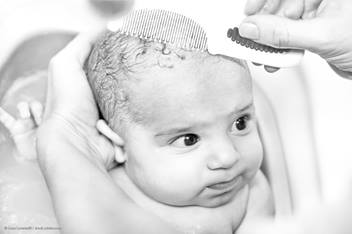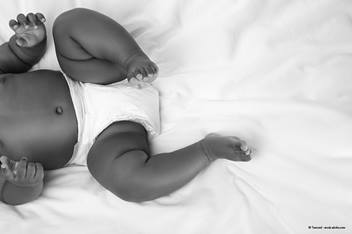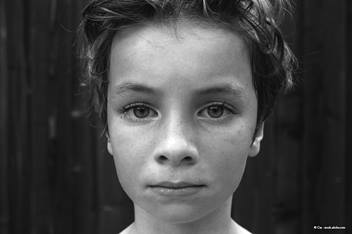Diaper Rash
![]()
Diaper rash is a term used to describe red skin on a baby’s bottom in the area covered by a diaper. The skin may or may not be sore and does not need to be broken down with blisters to be called diaper rash.
Diaper rash is usually caused by skin being exposed to moisture from urine and bowel movements (stool or poop) for too long. The moisture irritates the skin and then the skin starts to break down. The skin gets damaged when it rubs against the diaper. Chemicals in the urine and stool can further hurt the skin and could cause a rash. Irritated skin can be at risk for infection.
Some other causes of diaper rash may include:
- Starting to eat solid foods
- Diaper is too tight
- Frequent bowel movements or diarrhea
- Allergic reaction to the diaper, baby wipes, or diaper creams
- Antibiotics or other new medicines a baby or breastfeeding mom is taking
How to Prevent Diaper Rash
To prevent diaper rash, keep your baby's skin as clean and dry as possible.
Every time you change your baby's diaper:
- Clean your baby’s bottom from front to back with diaper wipes or warm water and a soft washcloth. Avoid using wipes that have alcohol or fragrances.

- Make sure to clean between the baby’s skin folds.
- If possible, let the skin air dry without a diaper for a little while (Picture 1).
- Apply a thick layer of an over-the-counter skin barrier cream, such as petroleum jelly (Vaseline®) or a cream with zinc oxide like Desitin®, Triple Paste®, A+D®, or Balmex®.
- Put the new diaper on loosely.
How to Treat Diaper Rash
A diaper rash can heal within 2 to 3 days. There are several things you can do to treat it.
- Change the diaper right away as soon as your baby pees or poops. You may also want to change the diaper once during the night.
- Rinse the baby’s bottom after each diaper change. Gently clean the diaper area with warm water and a soft washcloth (Picture 2).

- Try to avoid baby wipes, but especially those with alcohol and fragrances.
- Use mild soap and water only if the stool does not come off easily.
- Avoid scrubbing or rubbing. It can damage the skin more.
- If the rash is severe, use a squirt bottle of water to clean and rinse without rubbing. Or you can soak your baby’s bottom in a tub of warm water after each diaper change.
- Pat the skin dry. Allow the area to air-dry fully.
- Apply a thick layer of an over-the-counter skin barrier or zinc oxide cream. These creams do not have to be completely removed with each diaper change.
- Do not use steroidal creams or baby powder on your baby’s bottom.
- Let your baby play or nap with their diaper off. The air helps dry and heal the rash.
- Avoid rubber pants or plastic liners over the diaper.
- Put the diaper on loosely so that it does not rub against the skin as much.
When to Call the Health Care Provider
Call your baby’s health care provider if:
- The rash is very painful, does not go away or get better in 3 days, or gets worse.
- The skin starts to have blisters or is bright red with raised bumps, especially if your baby has been on antibiotics.
- There is yellow or green drainage around the rash.
- Your baby has a fever over 100.4° Fahrenheit (F) or 38° Celsius (C), along with a rash.
HH-I-28 10/75, Revised 1/22 Copyright 1975, Nationwide Children’s Hospital



